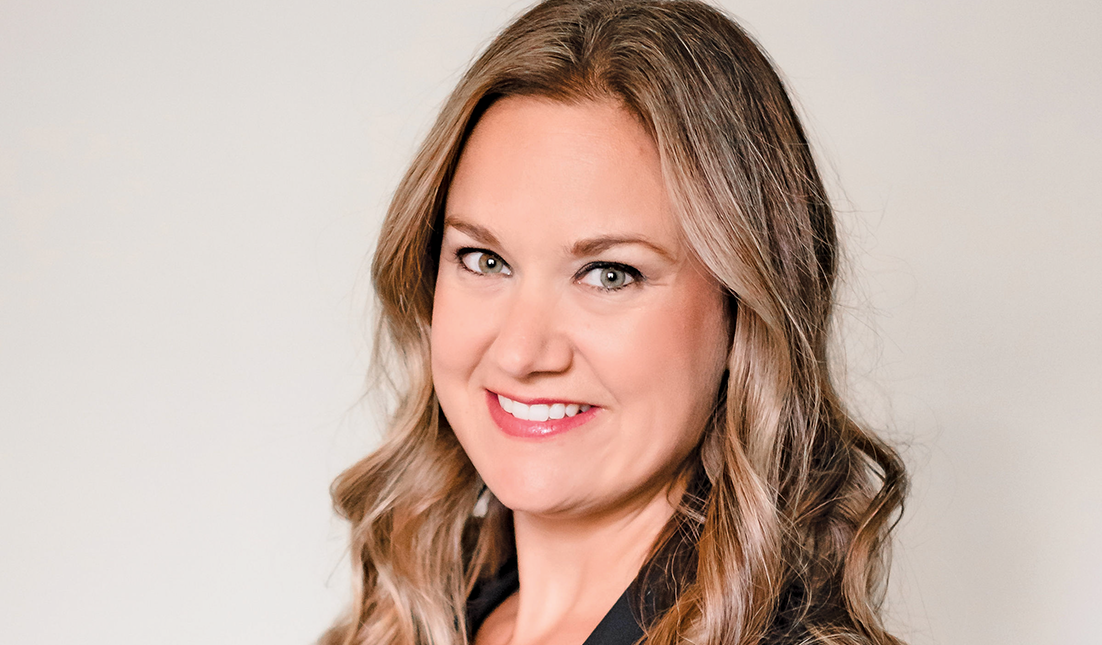10 F&I-related issues that could cost you money

By Myril Shaw
F&I Profit Center is an easy target when it comes to overall store profits that are less than what you would like. F&I is easy for a reason – they are often to blame. There is more though – and sometimes the expenses that occur when a customer finances are not directly related to reserve, backend penetration and amount.
We all know about the issues by incorrect presentation, poor menu-selling, underselling, lack of targets and more. These are direct selling issues and can all be corrected through training.
For the purposes of this Top 10 list, we are excluding F&I direct selling issues. Here are 10 things that you must look at:
1) Failure to have an insurance binder.
If a unit leaves your lot without an in-place and correct insurance binder, your floor plan company believes that you own it. There is no substitute documentation for an insurance binder. For floor plan purposes, you own it until it is documented that someone else has taken legal responsibility. Just one unit in a year (or even two or three years) that is totaled before ownership is transferred could impact your profit in almost unimaginable ways.
2) Incorrectly identifying a Bank of the West VIB.
As you know, you do not get bank underwriter approval for a VIB. However, once the contracts are submitted for approval and funding, if they do not meet VIB standards, you have an issue. The unit is no longer under your control and you still own it. In the best case, you can quickly recontract. In a somewhat worse case, the potential buyer returns it or, even worse, you have to pick it up. In the worst case, something bad happens to the unit.
You are responsible until there is an approved contract in place.
This is NOT a reason to never use the VIB. It is a great program that solves a huge problem of good credit scores with high debt-to-income. It is a cautionary tale to say that most of the time VIB store approvals need at least two sets of eyes.
3) Actual invoice or book-out is less than what was submitted for loan approval.
There are two cases for what has happened in this instance.
The benign case is that there are missing options or adds. This is easily fixed by remitting the additions and making things right.
More significantly is the case of submission over-exuberance where the initial invoice and/or book-out was simply overstated for the loan approval relative to what the final unit sold was.
This can be very problematic. Perhaps the issue can be solved by asking for more money down from the buyer – embarrassing. Perhaps the issue can be solved by simply eating some of the costs related to the overstatement. Perhaps the issue can be solved by not selling the unit – expensive and embarrassing.
Further complicating this issue is that if you are using the initial loan approval and submit your contracts based on that, you won’t know that there is an issue until the lender rejects the contract.
Make sure that the final sale matches everything submitted on the initial approval before proceeding with contracting.
4) Submitting and funding “straw purchases”.
“Straw purchases” are when loan documents and name on the contract are different than the ultimate intended user of the unit. Now, “family use” purchase are or can be fine.
Here are some leading indicators that you in a “straw purchase” situation: the initial credit application is declined, then; a new person is added to the application in order to get it approved, and; this may happen a few times until an application is finally approved. After all of this, the person who originally submitted the application is not on the final application at all and their name is not on the contract, or while they are still on the application and contract, they live at a different address from and/or have no shared credit with the person who was ultimately approved.
After all of this, in many cases, you will “get away with it”. The lender may never check with the person approved. The person approved may say that the unit was for themselves.
That said, it only takes once. One straw purchase will likely have you disqualified with that lender for life.
How expensive is that?
5) Funding documents that are incorrect when they are sent to the lender for funding.
Errors in funding documents may take many forms and they all cause funding delays which are all expensive in terms of floor plan. These could be, and frequently are, serial number mismatches. They can be failure to submit or match backend contracts. They can be insurance binder issues (which are so frequent that we address them separately.)
Every funding delay is costly – avoid them by having documents reviewed by a second party promptly before submission.
6) Insurance binders which have an incorrect lienholder address.
The frequency of funding delays because the lienholder address on the binder is incorrect is almost unbelievable. This a matter of conversation between you and your customer at the delivery is scheduled and again at closing to ensure that the lienholder address that you have matches that on the binder. This short conversation and quick correction can save you a lot over the course of a year.
7) Scheduling first payments for 45 days rather than 30 days.
It is not uncommon to see contracts submitted which schedule the first customer payment for 45 days rather than the more common 30 days after contract date. There is never a justifiable reason to do this on correctly completed documents.
This is only caused by internal process failures delaying the submission of completed documents to the lenders – the process issues must be fixed.
Get the documents in so that first payment is in 30 days 100% of the time.
8) Delayed responses to Funding Delays.
Everyone accepts that Funding Delays are annoying and are a nuisance. However, they are an annoying, nuisance that is your problem and is costing you money until you resolve it.
95% of all Funding Delays can and should be resolved the day that they are received. 99% should be resolved within 2 days. Anything over that is either and unusual situation or should be unacceptable at your store.
9) Submitting GAP remittances late (it is all remittances, but GAP can be especially expensive.)
Once a customer has submitted a contract for a backend contract and the full contract has been approved, you have assumed liability, in one form or another, either for the remittance to the backend provider or for the repair itself (depending on the timing of the incident causing a claim to be filed.)
Most backend products have either a long grace period before the remittance must be filed, or claim events have a reasonably long-time predictable period before a claimable event occurs.
GAP is particularly time sensitive and particularly potentially expensive. Normally all GAP remittances must be filed within 20 days of the month in which the contract was executed.
GAP claims are based on total loss and these entirely unpredictable events – they are never directly mechanical related. They are all essentially “acts of God”.
Do you want to be responsible to your customer for the difference between the then current amount owed and the actual value?
That is an expensive proposition.
10) Failure of sales to turn a deal over to finance.
This one is almost a direct selling issue. However, what F&I doesn’t know about, it can’t do anything about. Failing to do 100% turnover will cost you plenty.
100% gracefully executed turnover to finance must be a store enforced policy.
Make it a practice to do quarterly training with both Sales and F&I on best practices, and make sure to include these Top 10 warnings.
You maximize your F&I profits when you treat F&I as a full sales lifecycle process and
not just a single point, isolated profit center event.




